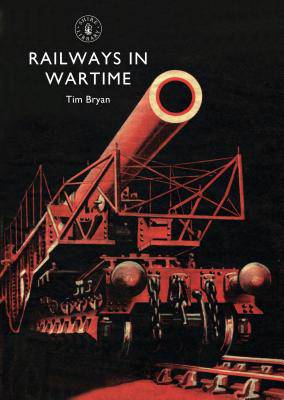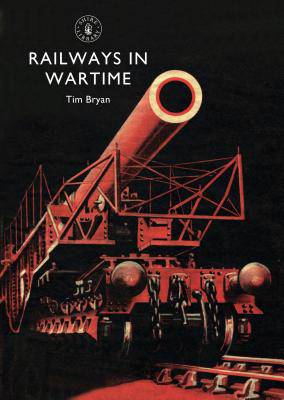
- Afhalen na 1 uur in een winkel met voorraad
- Gratis thuislevering in België vanaf € 30
- Ruim aanbod met 7 miljoen producten
- Afhalen na 1 uur in een winkel met voorraad
- Gratis thuislevering in België vanaf € 30
- Ruim aanbod met 7 miljoen producten
Zoeken
Omschrijving
The strategic importance of railways was recognized almost from the beginning of their development, but it was not until the end of the nineteenth century that their real value was appreciated by the military. In both the First and Second World Wars, railways were crucial in the transportation of men, munitions and coal, whilst on the Continent British forces operated railways to support the war effort. The heroic story of railways at war was confirmed in the months before and after the 'D' Day landings in 1944 when literally thousands of trains were run to support the Allied invasion, cementing their role as the 'fourth service' during World War II. Here, Tim Bryan provides an authoritative and fully illustrated guide to the railway's role in twentieth-century wartime.
Specificaties
Betrokkenen
- Auteur(s):
- Uitgeverij:
Inhoud
- Aantal bladzijden:
- 64
- Taal:
- Engels
- Reeks:
Eigenschappen
- Productcode (EAN):
- 9780747810506
- Verschijningsdatum:
- 19/07/2011
- Uitvoering:
- Paperback
- Formaat:
- Trade paperback (VS)
- Afmetingen:
- 147 mm x 203 mm
- Gewicht:
- 158 g

Alleen bij Standaard Boekhandel
+ 26 punten op je klantenkaart van Standaard Boekhandel
Beoordelingen
We publiceren alleen reviews die voldoen aan de voorwaarden voor reviews. Bekijk onze voorwaarden voor reviews.











